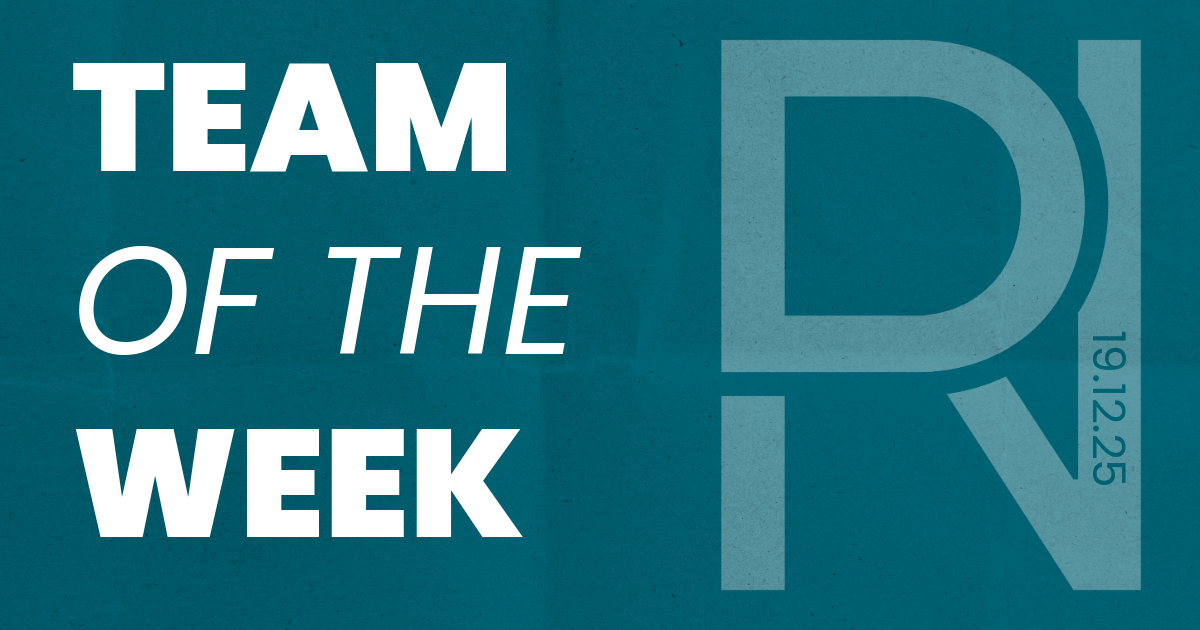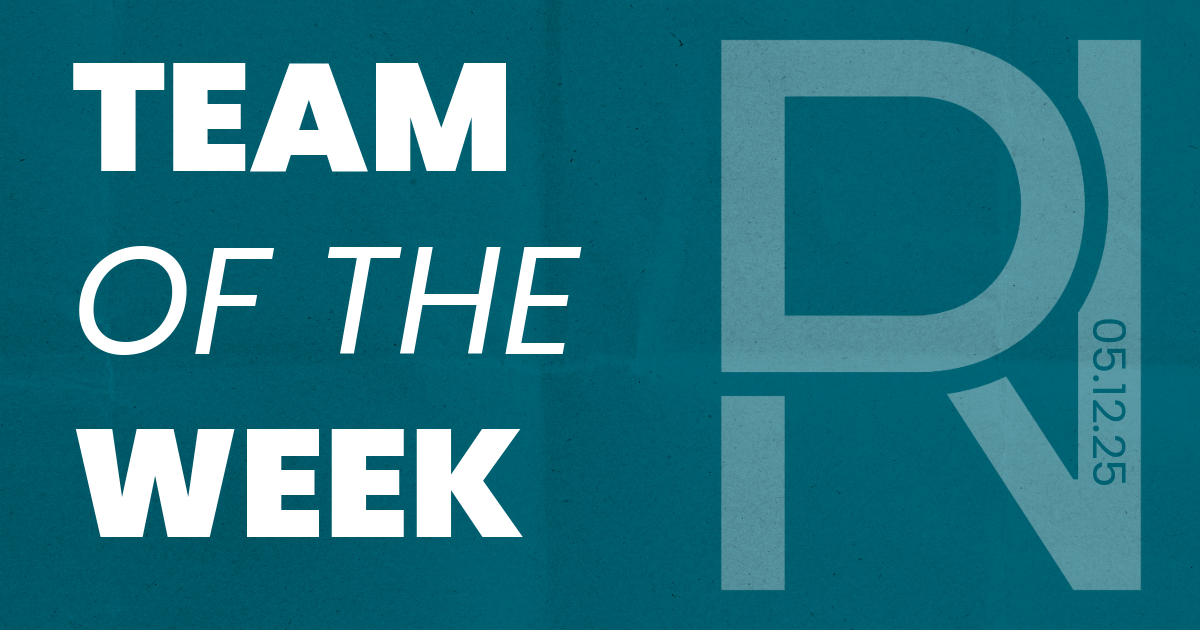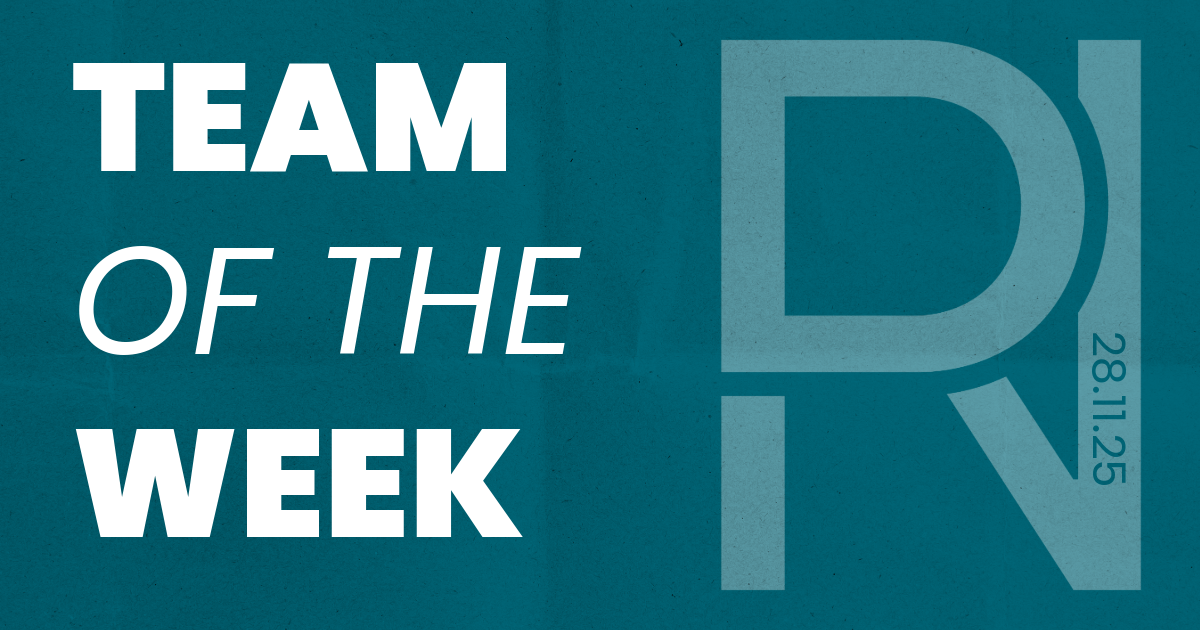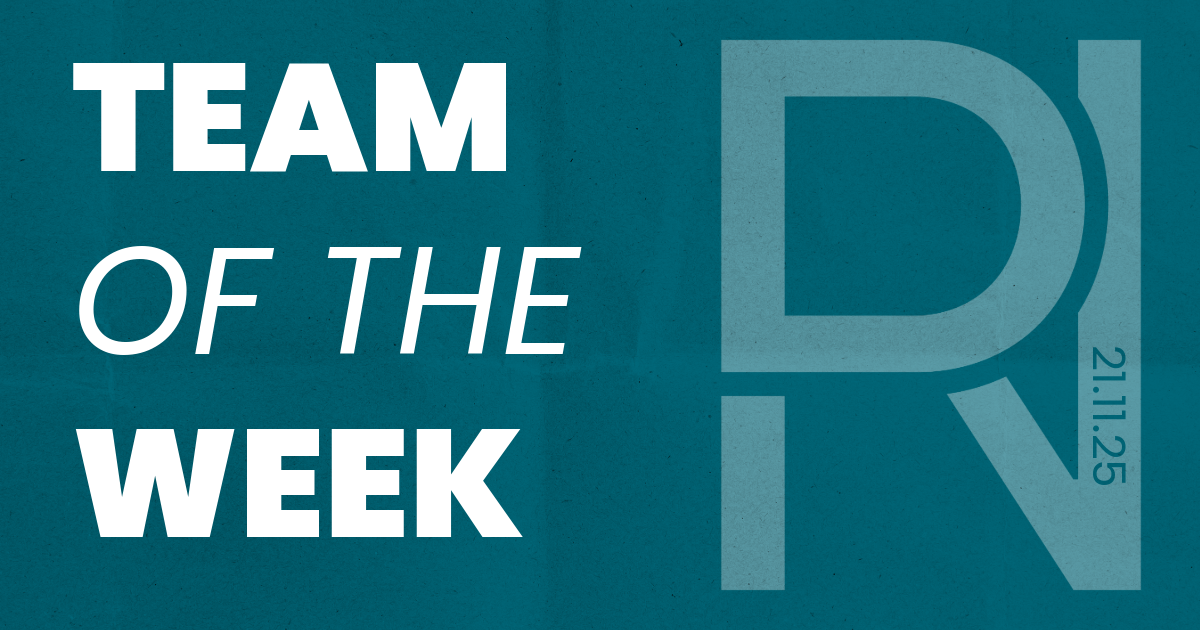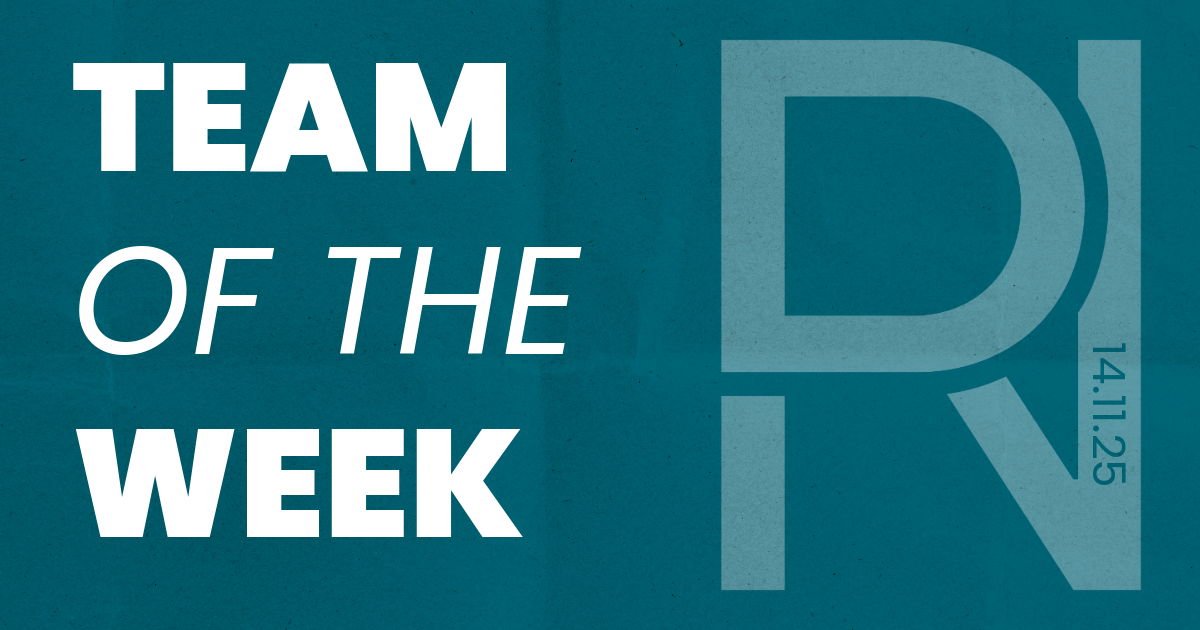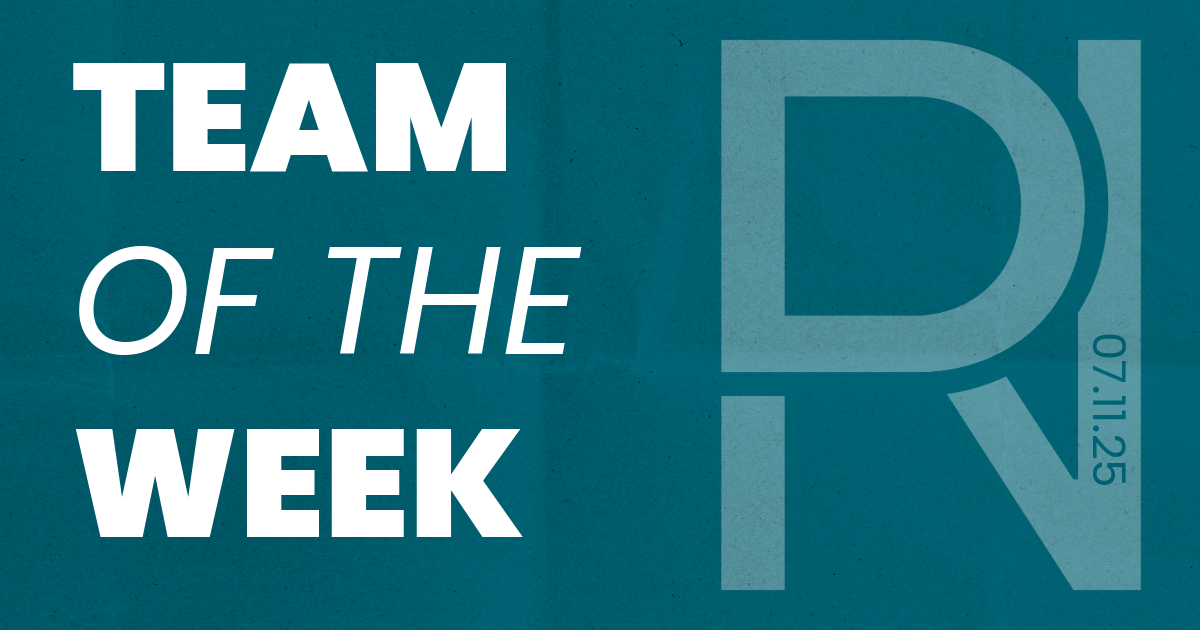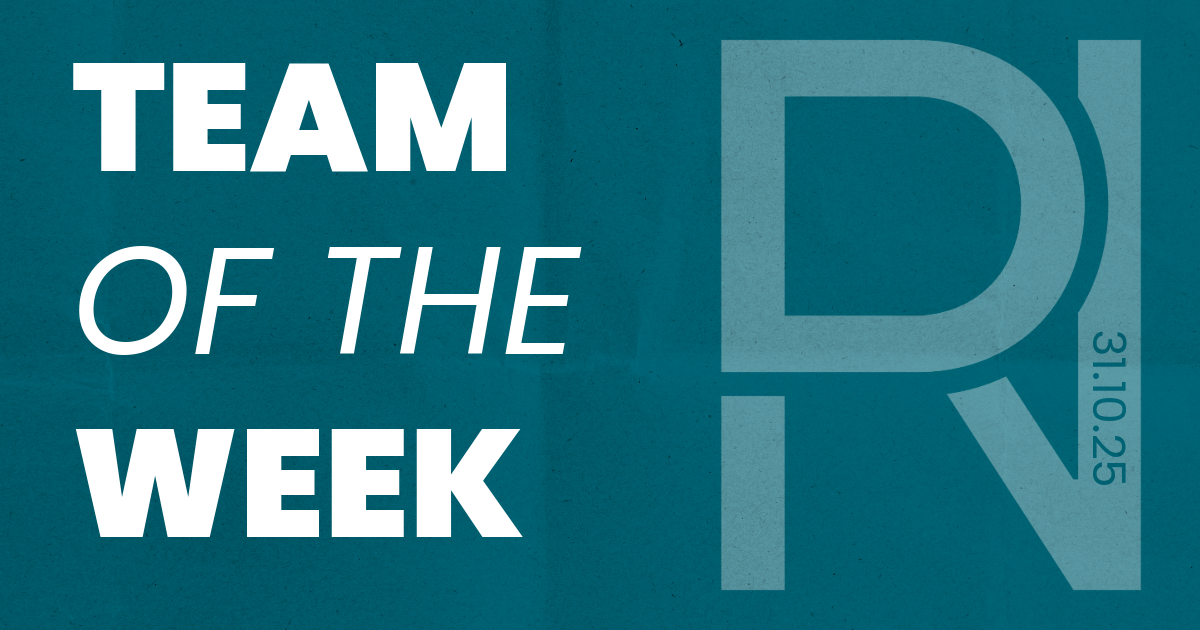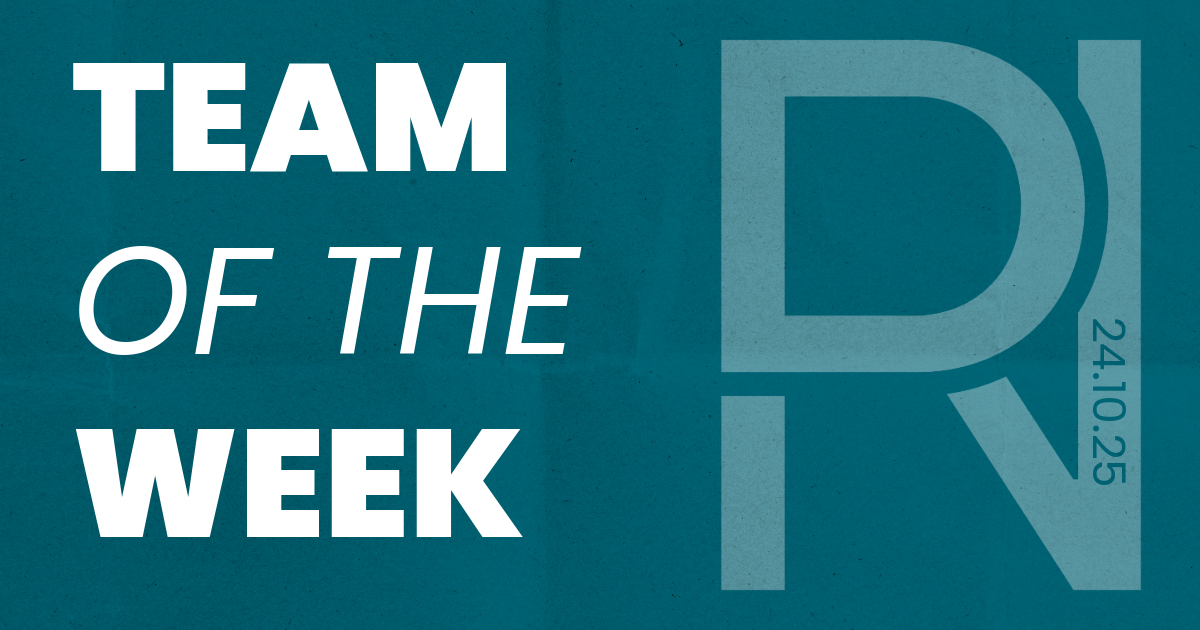The purpose of rugby league
Rugby League is a sport known for its hard-hitting tackles and brute strength (and according to a certain Secretary of State, a pretty spectacular drop goal…. not!).
Throughout the years it has butted heads with the other code, rugby union, but has always maintained its strong inclusive values and been a powerful representation of the industrial working-class towns in the north. Also known as the rugby league heartlands.
Rugby league was born out of the necessity for professionalism in the north. Before 1895 rugby was an entirely amateur sport played by the elite, with many richer players wanting to keep it that way to maintain prestige and exclusivity to the sport. However, working-class players only felt it fair they were compensated for their time playing and fought for the game to be professionalised. After a hard battle between the north and south, rugby was ultimately split, and rugby league was created. With rugby league’s professional status, this naturally created some rule changes to make it a more spectator-friendly sport and draw in the crowds. Within League, there are fewer players, smaller scrums, different point scoring, and no rucking. These changes created more of an emphasis on tackles, less end-to-end rugby and gave more value to scoring tries, over kicking.
After the tumultuous break-up, rugby union banned all players who supported the league and solidified the class dynamic between the two codes with Union being for the rich ruling class in the south and the other for the working class in the north. Many argue there are remnants of these values still present today, but that’s a much wider debate!
Is the north v south divide a bad thing?
Commercially, many will say yes – as it limits the growth and reach of the respective sports, with rugby league rarely entertained and welcomed south of the M6, and to an extent, the same the other way around.
COVID-19 hit sport hard, with union feeling the impact at club level big time, but league found it even harder. Those poorer working-class towns, with smaller investments and budgets truly felt the pinch. The growth of the game was stunted, but thankfully the recovery continues, and all seemingly survived. Not as much can be said, conversely to union, will the carnage facing Worcester and Wasps currently – and we all hope that things can be turned around and clubs can be saved.
Back to league, it’s always struggled to hold significant commercial value and grow its audiences. But what it has done is build a powerful audience and fanbase right at home. Rugby is a culture, a way of life for many. It defines communities, brings people together and offers so much in the heartlands.
Everyone wants to play either football or league, club foundations and the RFL are delivering daily on a huge scale in their local communities. The values of rugby are instilled across young people and adults from the tens of thousands that play at grassroots level, to those that turn up to the Halliwell Jones each week with a pie and a pint to cheer on the Wire. Respect plays a fundamental part in rugby league’s code of conduct, instilling positive values.
League also remains a game with inclusivity and diversity at its core. After all, the code was created based on the value of inclusivity for all classes. As far back as 1935 and 1937 respectively, Wales and England saw their first black league players and before we knew it the likes of Ellery Hanley and Martin Offiah become heroes in more recent years. In the 1980s women began playing and fast forward to today we have the Women’s Super League attracting record crowds to the sport.
That inclusion continues into providing opportunities for those with disabilities, with PDRL (Physical Disability Rugby League) on the rise and Australian comedian Adam Hills not only an ambassador for the sport, but also Warrington’s star man.
The countdown is well and truly on for next month, which sees the (belated) start of the Rugby League World Cup. What we will see is the international game returning to England, with the potential to bring a nation together and we might even see a few ‘southerners’ out and about in London to catch the men’s semi-final at The Emirates or the Copperbox where England will be in wheelchair action.
Yet there is a sense with this tournament, like we have rarely seen before, that it’s about so much more than the results on the pitch. The tournament is about inclusion, seeing a unity of competition across men's, women's and wheelchair tournaments at the same time. The tournament is an opportunity for rugby league to be showcased to the world, for the world. It is set to be the most inclusive of world cups to date and is a perfect example of the sport’s values.
Rugby league is a way of life for communities across the North of England, providing rare access to hard-to-reach groups in some of the most deprived areas of the nation. The potential for this world cup is huge, and credit to Jon Dutton and his team for the work they have done to get us to this stage.
Rugby league is a sport with purpose.
Share via:

Inactivity is quietly draining our economy, health system and communities. Sport England’s latest research is a wake-up call: equal access to sport and exercise could unlock £20 billion in savings and productivity gains for the UK. That’s not just a health issue, it’s an economic imperative. The data is compelling: For every £1 invested in grassroots sport, £4.38 is returned in savings and benefits. Grassroots sport contributes £36 billion annually to the economy and generates £14 billion in tax revenue. Yet inequalities persist. Those with disabilities, lower incomes, and black communities remain the least active. At New Reach, we believe the solution is clear: movement. Sport isn’t just about participation; it’s about inclusion, opportunity, and impact. Every mile run, every game played, every community initiative matters, not just for health, but for economic resilience and social cohesion. As the government prepares its Budget, the questions are: How do we make sport accessible for everyone? How do we turn participation into a national priority? Because the cost of doing nothing is too high. At New Reach, we help brands, rights holders, and organisations turn this challenge into opportunity. Through strategic PR, creative campaigns, and partnerships, we amplify the benefits of sport - driving participation, tackling inequalities, and delivering measurable impact for communities and the economy.

